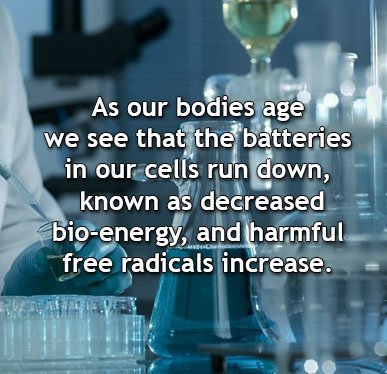The study was done on human skin cells and opens the door for new kind of anti-ageing treatments.
A study, published in February, 2016, in the Journal of Investigative Dermatology, reports that the activity of mitochondrial complex II significantly decreases in older skin. Scientists from Newcastle University, UK, have identified the key metabolic enzyme in the batteries of human skin cells which influences how our skin ages.
This discovery opens a new door for experts to developing powerful anti-ageing treatments and cosmetic products, which can be specifically tailored to counter the decline in the enzyme’s activity levels. The study may also shed new light on how other organs in the body age, which could pave the way for drug developments in various age-related diseases, including cancer.

Mark Birch-Machin, Professor of Molecular Dermatology at Newcastle University, led the ground-breaking study together with Dr. Amy Bowman, a Research Associate at Newcastle University’s Institute of Cellular Medicine.
Professor Birch-Machin said: “As our bodies age we see that the batteries in our cells run down, known as decreased bio-energy, and harmful free radicals increase.
“This process is easily seen in our skin as increased fine lines, wrinkles and sagging appears. You know the story, or at least your mirror does first thing in the morning!
“Our study shows, for the first time, in human skin that with increasing age there is a specific decrease in the activity of a key metabolic enzyme found in the batteries of the skin cells.
“This enzyme is the hinge between the two important ways of making energy in our cells and a decrease in its activity contributes to decreased bio-energy in ageing skin.
“Our research means that we now have a specific biomarker, or a target, for developing and screening anti-ageing treatments and cosmetic creams that may counter this decline in bio-energy.
“There is now a possibility of finding anti-ageing treatments which can be tailored to differently aged and differently pigmented skin, and with the additional possibility to address the ageing process elsewhere in our bodies.”
Mitochondrial Complex II’s activity was measured in 27 donors, from aged six to 72 years, during the study. Skin samples were taken to determine if there was a difference in activity with increasing age.
It was found that the enzyme’s activity significantly declined with age in the cells derived from the lower levels of the skin, something not previously reported for human skin.
Additional studies will be required to fully understand the functional consequences in skin and to begin drawing methods to assess anti-ageing strategies in human skin.
Dr. Bowman added: “Our work brings us one step closer to understanding how these vital cell structures may be contributing to human ageing, with the hope of eventually specifically targeting areas of the mitochondria in an attempt to counteract the signs of ageing.”
The study was based on a previous research carried out in mice that showed complex II activity is lower in the skin of older mice compared to younger mice.
Source: http://www.ncl.ac.uk/press/news/2016/02/profmarkbirch-machinskinageing/
Journal Reference: Amy Bowman, Mark A. Birch-Machin. Age-Dependent Decrease of Mitochondrial Complex II Activity in Human Skin Fibroblasts. Journal of Investigative Dermatology, 2016; DOI:10.1016/j.jid.2016.01.017

